Macroscope
Quarterly Macro & Market Review
2Q 2025
By Sophie Metulescu and Dimitri Stromback
Market Performance
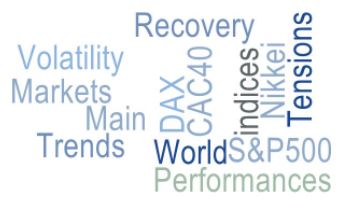
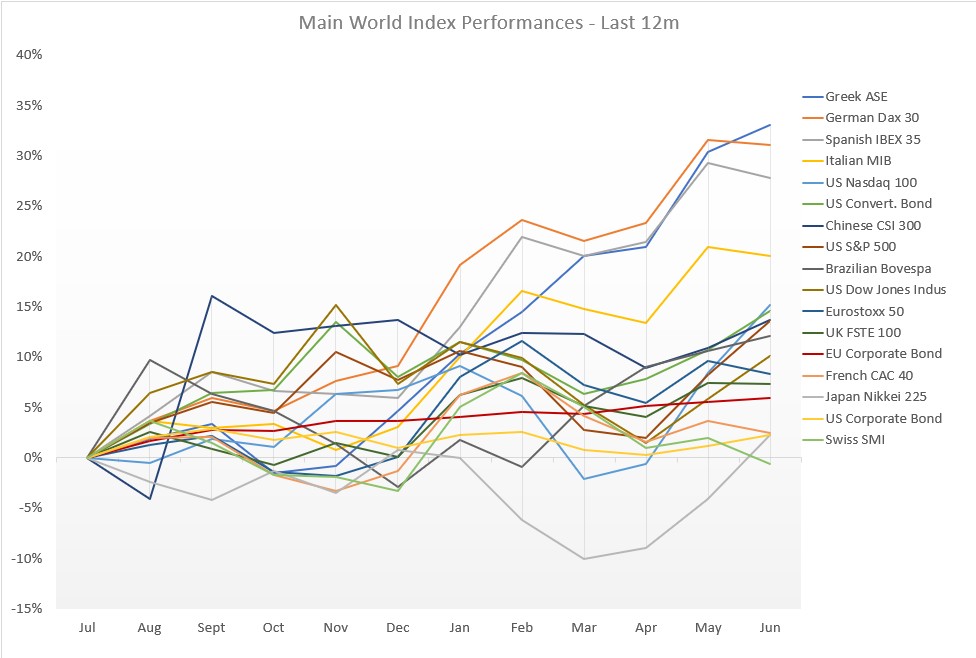
Data source: Bloomberg
Macroscope
Quarterly Macro & Market Review
2Q 2025
– EQUITIES
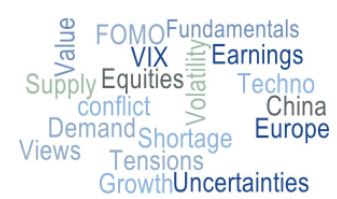
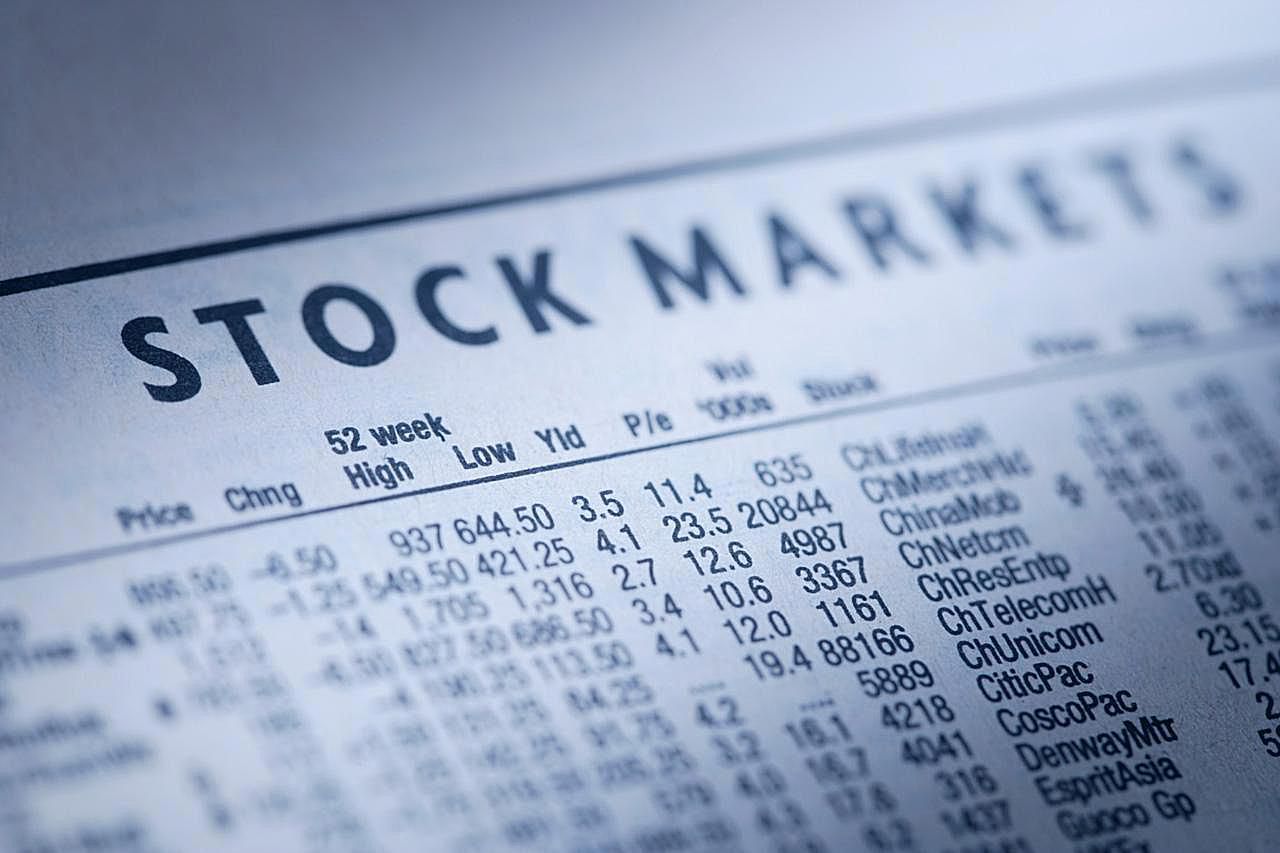
Global shares gained in Q2 despite some sharp falls at the start of the quarter when President Trump unveiled new “Liberation Day” trade tariffs. Equity markets subsequently recovered after the temporary suspension of most tariffs while trade talks took place.
Sources: Schroeders, Bloomberg, Yahoo Finance, JP Morgan, Reuters
In Europe
- Eurozone shares also made strong gains.
- The industrials and real estate sectors led the advance. Within industrials, defence stocks generally continued their good performance thanks to an agreement at the NATO summit for countries to increase defence spending.
- Consumer discretionary, healthcare and energy underperformed.
In the US
-
US shares advanced in Q2. Gains were led by the information technology and communication sectors as investor appetite for some of the “Magnificent 7” stocks reignited.
-
Stocks with exposure to artificial intelligence staged a strong recovery after some weakness earlier in the year.
-
Equities were also supported by robust corporate earnings for Q1.
-
Underperforming sectors in the quarter included healthcare and energy. The Trump administration is seeking to lower drug prices in the US.
In the UK
- In the UK, equities moved higher.
- Top performing sectors included industrials, telecommunications, utilities and real estate.
- Laggards were energy and healthcare. Mid caps outperformed large caps, partly due to the latter’s higher exposure to these underperforming sectors.
In the Rest of the World
- Emerging markets slightly outperformed developed markets, helped by a weaker US dollar.
- Japanese equities saw strong gains, driven by growth stocks and easing recession fears amid improving trade talks with the US.
- EM equities rebounded after initial fears from Trump’s tariff announcements.
- A 90-day pause in new tariffs and progress in US-China trade talks made China end the quarter slightly up, while Middle East equities declined due to geopolitical tensions in the area.
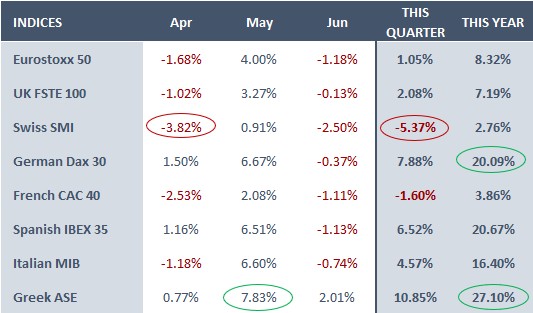
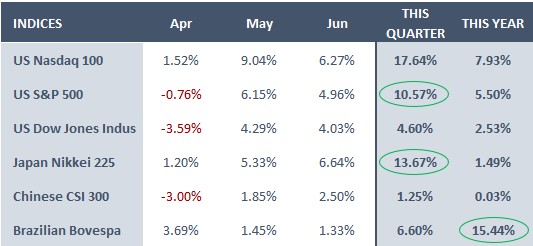
Macroscope
Quarterly Macro & Market Review
2Q 2025
REVIEW BY ASSET CLASS
– FIXED INCOME & FISCAL POLICIES
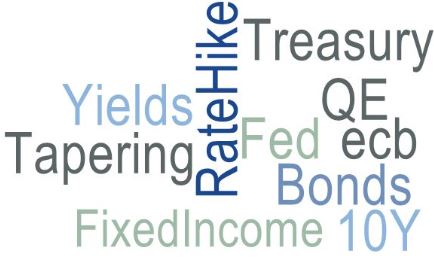
Credit markets showed remarkable resilience in Q2 despite heightened geopolitical tensions and recession fears. Strong technicals, including high all-in yields and low net issuance, supported performance across regions. US investment grade spreads initially widened following the “Liberation Day” tariffs but later retraced, ending tighter than before the announcement. Euro and sterling investment grade markets followed a similar path as sentiment improved. High yield bonds outperformed their investment grade counterparts in both the US and Europe, albeit with higher volatility. Overall, credit outperformed government bonds over the quarter.
Sources: Eurostat Data, the UK Office for National Statistics, the US Bureau of Economic Analysis, Reuters

In Europe
-
The ECB cut interest rates twice in the period, by 25 basis points each time. ECB President Lagarde said that the central bank had “nearly concluded” its rate-cutting cycle. Eurozone annual inflation was 1.9% in May, down from 2.2% in April.
In the US
-
In Q2, the Fed kept the Fed funds rate steady at 4.25%–4.50%, stressing the need for more evidence of sustained disinflation. Powell maintained a cautious, data-dependent stance despite market (and Trump’s) pressure for rate cuts.
In the UK
-
The BoE cut interest rates by 25bps to 4.25% in May. Inflation remains above the BoE’s 2% target, with a reading of 3.4% for May.
In the Rest of the World
- The BoJ held its short-term interest rate at 0.50%, maintaining its cautious policy amid persistent inflation above target and elevated global trade risks. It continued tapering government bond purchases, reducing monthly JGB purchases gradually.
- In May, China cut its 7‑day reverse repo rate by 10 bps (to 1.40%) and trimmed banks’ reserve requirement ratio by 50 bps, injecting roughly ¥1 trillion to support domestic demand amid trade and growth pressures.
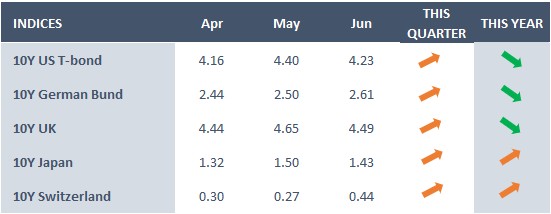
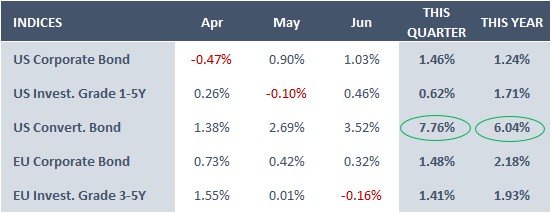
Macroscope
Quarterly Macro & Market Review
2Q 2025
REVIEW BY ASSET CLASS
– CURRENCIES: Fiat & Digital
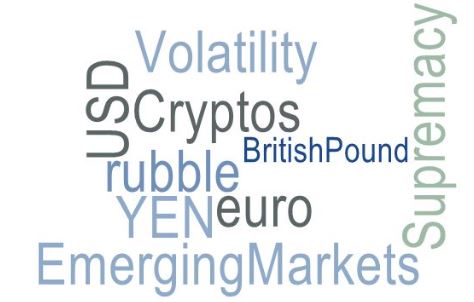
-
In Q2, the USD weakened sharply, falling about 7%, its largest quarterly drop in decades. As there is a big disequilibrium between US rates and EU rates, people buy euros to spend/invest as it’s cheaper to borrow than USD. As a result of these investment flows, EUR gained around 10%; same situation for GBP that rose 5–6%, and JPY which strengthened 7–8% against USD. The CAD also appreciated but more modestly – by about 3% – versus the USD.
-
Digital assets were supported by major regulatory and institutional developments. Both Bitcoin and Ethereum returned more than 30% during the quarter. The US Senate passed the Genius Act, providing long-awaited clarity for stablecoin regulation. Stablecoins are used for blockchain technology and are now being implemented by some of the largest financial (Visa and Mastercard) and tech institutions globally. (Stablecoins are a type of cryptocurrency whose value is pegged to another asset to maintain a more stable price.)
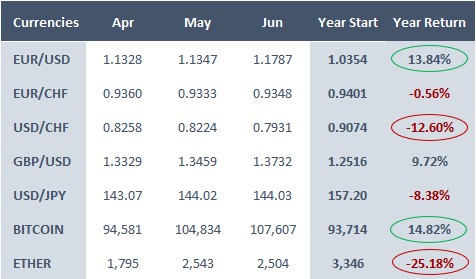

Macroscope
Quarterly Macro & Market Review
2Q 2025
REVIEW BY ASSET CLASS
– COMMODITIES
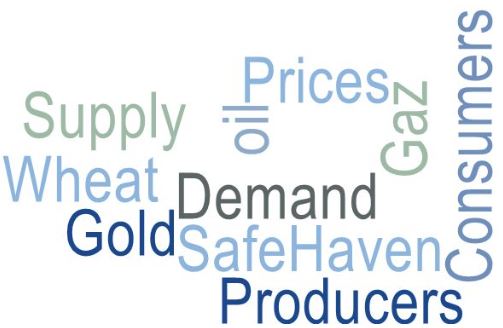
-
In commodities, the S&P GSCI Index declined in the quarter.
-
The energy was weak. Escalating conflict risk in the Middle East caused a brief oil price surge amid worries about disruption to shipping, but oversupply of oil kept prices contained. Opec+ announced another increase in oil production for July, following two other recent increases.
-
The agriculture component was also weak, although cocoa surged higher.
-
Livestock, industrial metals and precious metals advanced.
-
Elevated levels of risk, such as trade tariffs and geopolitical concerns, continue to see investors favour the safe haven of precious metals.
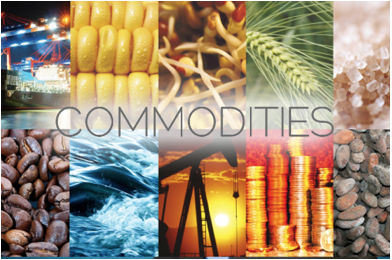
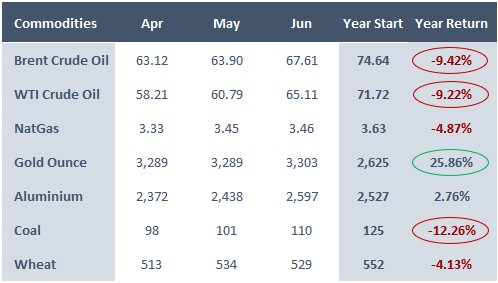
Macroscope
Quarterly Macro & Market Review
2Q 2025
THIS QUARTER IN THE LIMELIGHT
– Cryptocurrencies: On the Move and Coming Fast
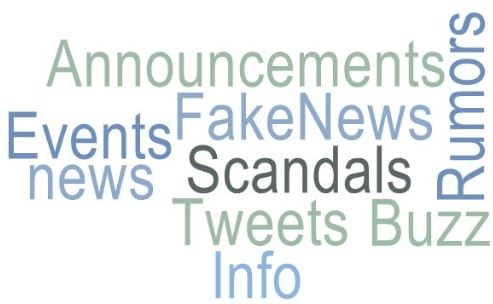
1. 2025: The Current Crypto Landscape
“This year is the most promising year in the history of crypto” says Hunter Horsley, CEO of Bitwise. Adoption rates are at an all time high, the regulatory environment is advantageous, and with the rise of AI, entrepreneurs are finding exciting synergies between blockchain and AI. These are the major factors fueling the growth of crypto in 2025, and consequently, increasing the valuation of crypto-related assets and businesses.

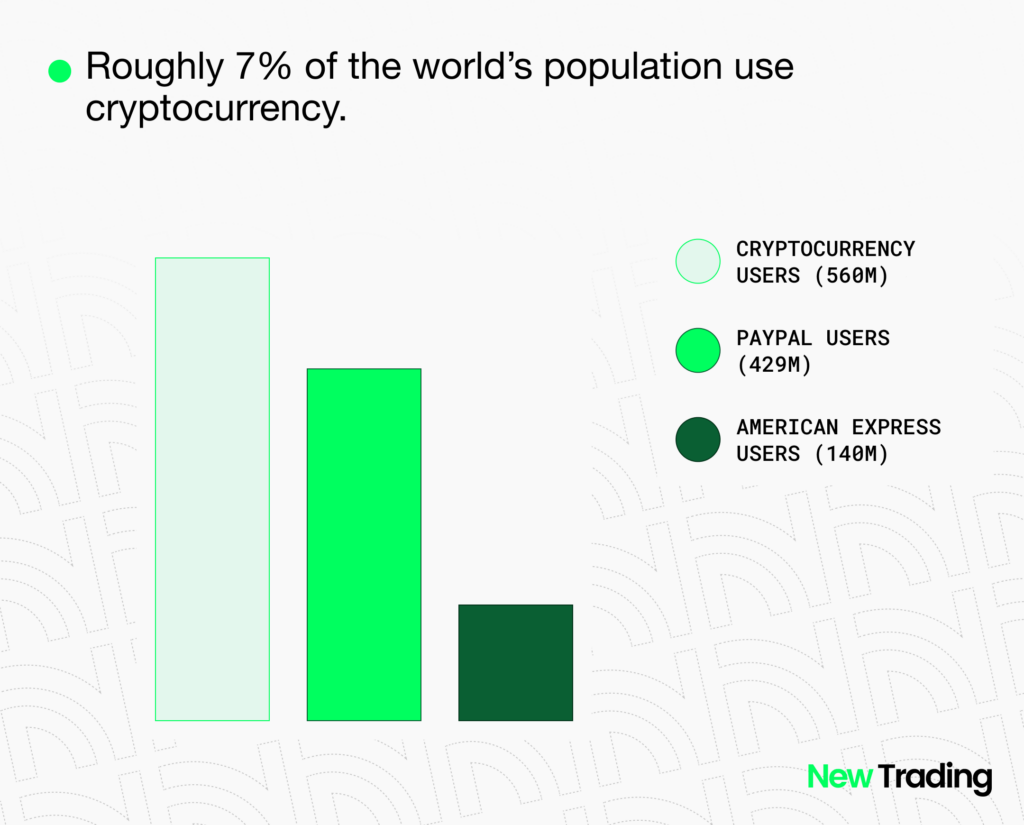
2. Growing Adoption: Retail Users, Institutions, Governments
In Q2 2025, about 28% of adults in the US own cryptocurrency, double the rate compared to 2021. An EY survey indicated 83% of institutional investors plan to increase digital asset allocations in 2025. A larger amount of major consumer companies are accepting cryptocurrencies as a form of payment, for example, Gucci, Shopify, Tag Heuer, Tesla, Starbucks, Microsoft, AT&T,… Increased adoption across central banks can also be seen. In China, the digital Yuan, e-CNY, has processed over $1 trillion in transactions since its inception in 2019 .
3. Advantageous Regulatory Environment
In the US, crypto regulation is still very much on the state level, but overall the rules remain loose. With the Trump administration, the crypto world expects regulation to remain light in the US, thus, why Bitcoin steadily remains above the $100,000 mark. In Europe, regulation is more advanced, the Markets in Crypto-Assets regulation (MiCA), has outlined rules for all EU member states. It is a balanced and predictable environment that is less maneuverable than the US environment. In Asia, the consensus is pro-blockchain, however places like China choose to focus on building their own coins and technologies. In India, there is massive crypto adoption in retail users due to high inflation, low bank rates, and restricted access to global financial markets, making crypto an attractive/accessible asset.
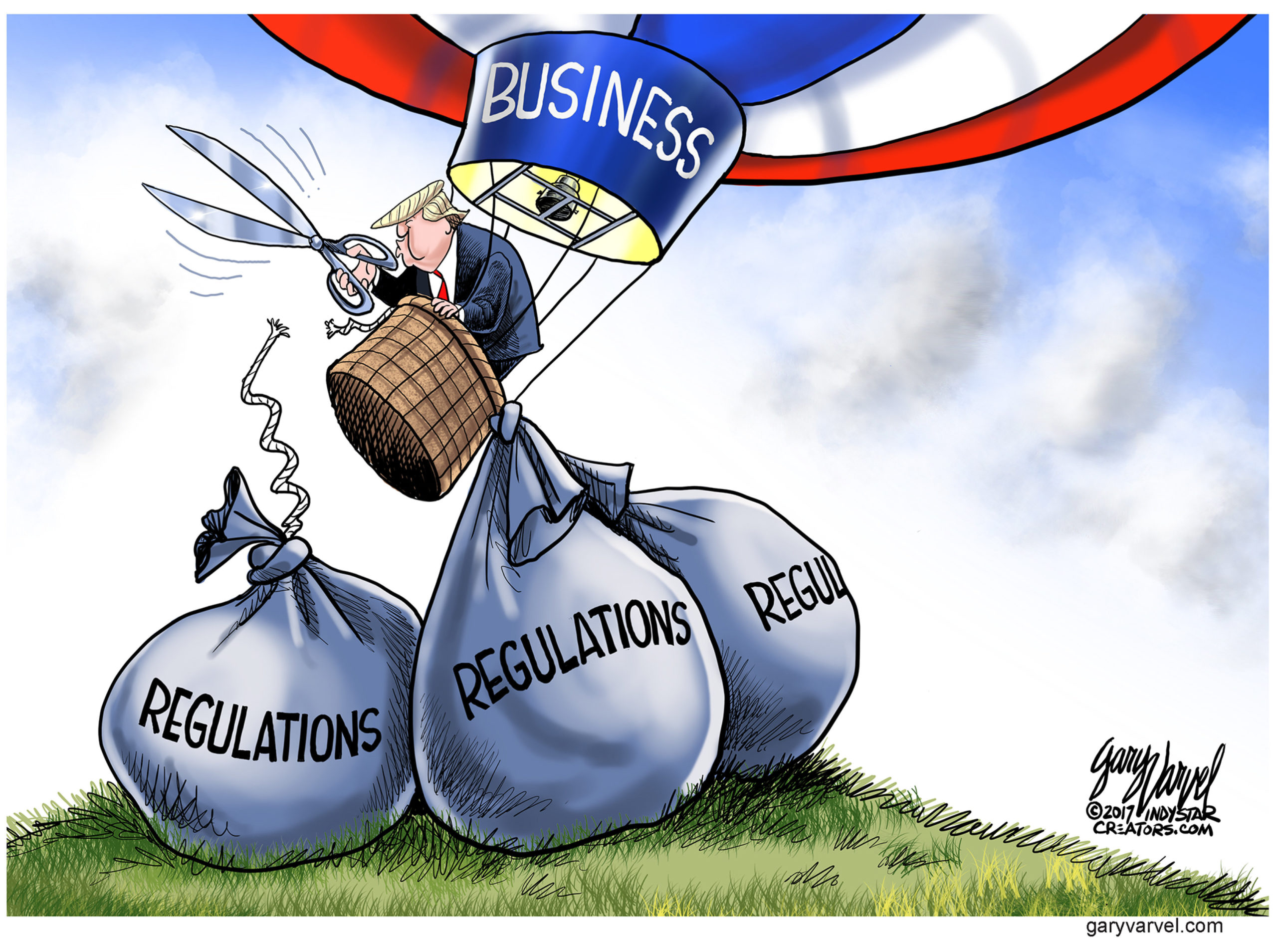

4. Blockchain-AI Synergies
Blockchain technology offers a perfect framework for the data training of AI systems. For example, healthcare researchers can record patient consent and data usage on a blockchain when training medical AI, creating an audit trail, ensuring the data has not been tampered and has a clear provenance. Blockchain provides transparency and security that can make AI outputs more trustworthy. Additionally, AI algorithms help optimize blockchain through security, efficiency, and user experience. For example, AI Fraud Detection Systems, that are much more accurate and efficient than previous systems. AI enhancements make blockchain networks more robust and user-friendly, accelerating adoption.
Macroscope
Quarterly Macro & Market Review
2Q 2025
IN THE FUTURE
– WHAT THE SPECIALISTS SEE FOR 3Q2025
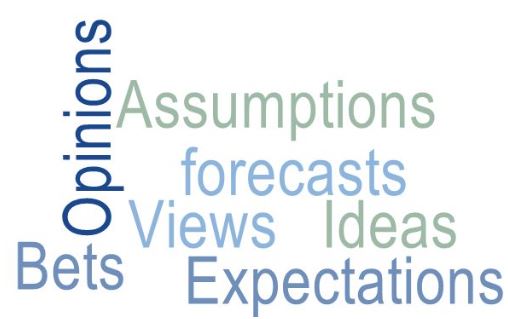
Isabel Schnabel, Executive Board Member, ECB
“Inflation is projected to be at 2% and inflation expectations are well anchored,” Schnabel told financial newswire Econostream. “In view of this, our interest rates are also in a good place, and the bar for another rate cut is very high.”
Steve Eisman, MD, Neuberger Bergman
Concerns about the U.S. national debt are “probably fine,” noting that stable 10‑year Treasury yields reflect investor confidence. Eisman remains “bullish long‑term” due to AI-driven innovation, even as he reduces portfolio risk.
Jamie Dimon, CEO, JP Morgan
“Markets are underestimating the risk of further U.S. interest rate hikes … there is a 40–50 % chance the Fed will raise rates again … complacency might be misguided.”
Jerome Powell, Fed Chair
“We paused cuts due to uncertainty from Trump’s tariffs, which elevated inflation forecasts … We need clearer data before making rate decisions.”
Jon Faust, Former Advisor to Fed Chair Powell
“The situation in the Middle East is a major wild card for the Fed … it could pose a significant risk to the U.S. economy, potentially leading to a recession. [A conflict-driven] spike in oil prices and heightened uncertainty would negatively impact consumer and business confidence.”
Macroscope
Quarterly Macro & Market Review
2Q 2025
FINANCIAL BUZZ
– THE NEW TERM TO MASTER TODAY

What is a Stablecoin?
Stablecoin is a type of cryptocurrency designed to maintain a stable value by being pegged to a reserve asset like a fiat currency (e.g., USD) or a commodity (e.g., gold).
But why some say it will revolutionize the way money moves?
Macroscope
Quarterly Macro & Market Review
2Q 2025
THE QUARTER AHEAD
– MAIN EVENTS & WHAT TO EXPECT

20 July: Japan House of Councillors Election
The Upper Chamber of Japan’s National Diet will elect 124 of the 248 members for a term of six years.
What we can expect:
To control the Upper Chamber, 125 seats are needed; 124 are up for grabs. The ruling LDP-Komeito coalition has a narrow majority but risks losing it, which could cause political deadlock. The main election issues are government spending vs. budget cuts, and debates over immigration and national identity. Opposition parties support tax cuts and cash aid, while the ruling coalition does not. Nationalist groups want to limit foreigner benefits and influence.
29-30 July: FOMC Monetary Policy Decision and Chair Press Conference
The FOMC will announce their monetary policy decision and Fed Chair Jerome Powell will give his fifth press conference of this year.
What we can expect:
Given that inflation remains above the 2% target, uncertainty of oil prices and tariffs are high, and the conflict in the Middle East is rising again, the Fed is highly unlikely to cut the current interest rate. Powell has stated that the Fed needs “clearer data” before making a decision. The consensus on Wall Street bet on one rate cut by December 2025.
8 September: Norwegian Parliamentary Elections
The Parliamentary elections will see 169 members elected to the Sorting for the 2025-2029 parliamentary term.
What we can expect:
All 169 seats are up for election, with 85 needed for a majority. Labour (currently leading with 28%) is ahead in the polls, followed by the Progress Party (21%) and Conservatives (15%). Key issues include the cost of living, energy, climate, and immigration. The outcome will shape welfare spending, EU alignment, and business policy.
16-17 September: FOMC Meeting with Summary of Economic Projections
The FOMC will publish the Summary of Economic Projections and meet to explain it, with a decision on the Federal Funds Rate likely on September 17.
What we can expect:
By September, the Fed will have two more CPI & PCE prints, and two more jobs reports. If inflation shows clear improvement and the labour market softens further, a 25 basis point cut becomes plausible. Markets currently assign a 40-50% chance of a rate cute in September. Although some risks to watch are the higher Oil and Commodity prices as a result of conflict in the Middle East and US tariffs.

